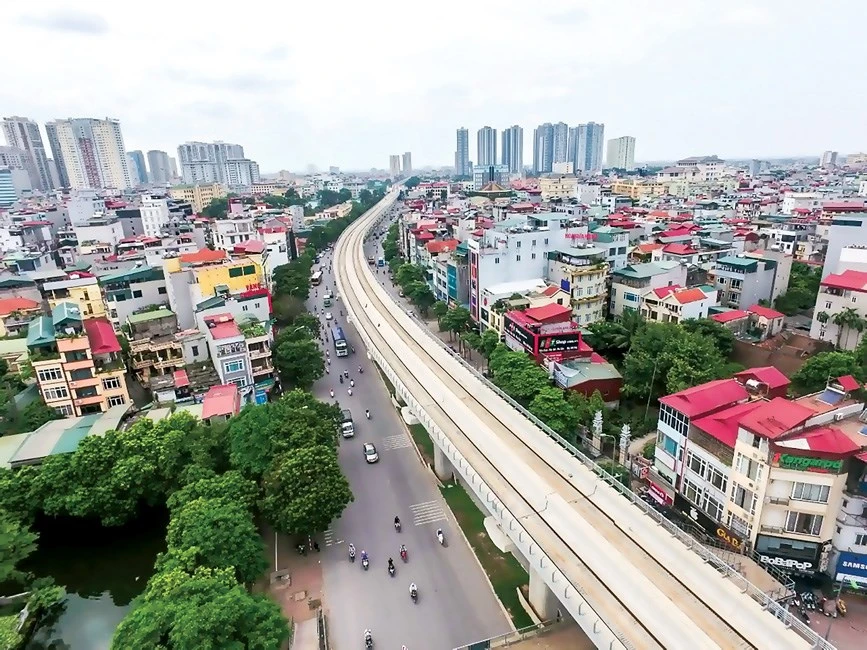
However, SOEs in the infrastructure sector in Vietnam are accustomed to borrowing with support of Government guarantees. These SOEs are reluctant to borrow without this government guarantee, and avoid borrowing capital under commercial terms.
Lack of transparency
Enterprises administration competence is often considered a leading factor for SOEs. In any corporation, there is always a conflict of interest between shareholders and creditors. Shareholders want to maximize profits but creditors want to be repaid on time.
Transparency is a fundamental issue when SOEs want to access foreign capital. If the creditor of an SOE has a ‘Government guarantee’, it is firstly considered a success, even though it will have to confront the International Financial Reporting Standards (IFRS) later.
IFRS provides data that can easily be compared between countries, along with detailed financial disclosures. This is very important, but shares of SOEs are often not listed. Therefore, their financial statements are not supported through stock market reporting.
In addition, the capacity of SOEs may be an obstacle in accessing international loans. The first criteria required is experience. Next, if SOEs have never borrowed money on commercial terms, they will not know what to do. In addition, a wage ceiling may prevent SOEs from hiring outside experts that commercial borrowers consider crucial.
However, even with experience, international investors may find that the decision-making process of SOEs is far too slow.
Need strong financial reforms
In order to access international capital with better loan terms, SOEs are forced to undertake institutional reforms. These reforms can take months or years, while SOEs need to raise capital immediately.
Theoretically, the State can help with partial support but this support will decrease over time. Tools such as credit guarantees for first loss, reserve funds, political risk guarantees, secondary loans could prove helpful.
The difference in this perception affects price expectations, because SOEs are accustomed to being offered the best price within the country. They have the strength of their own balance sheets because of strong government guarantees.
In addition, large international loans for SOEs are usually denominated in USD or another strong international currency, while SOE revenues are usually calculated in local currency. Currency contracts in the future may not exist, or exist at prices that are not affordable, or with shorter term than the term loan.
In other words, international lenders would be concerned about the bankruptcy of SOEs. They offer a loan in a currency which will increase the risk of bankruptcy, because SOEs cannot afford to buy, approach or transfer in strong international currencies required at the time of debt repayment.
These problems lead to legal risks, while SOEs are owned by the Government and domestic courts are established by the Government. While the lender minimizes this risk by requiring all legal disputes to be resolved by a jurisdiction abroad.
This may be a difficult requirement for SOEs, because the cost of litigation abroad is very expensive, or because this can be implicitly interpreted as acknowledging the failure of the domestic legal system.
Everything will be easier with each loan if SOEs get used to the international criteria as well as investors’ expectations, which should also encourage SOEs to adopt more effective financial and operational reforms.




















